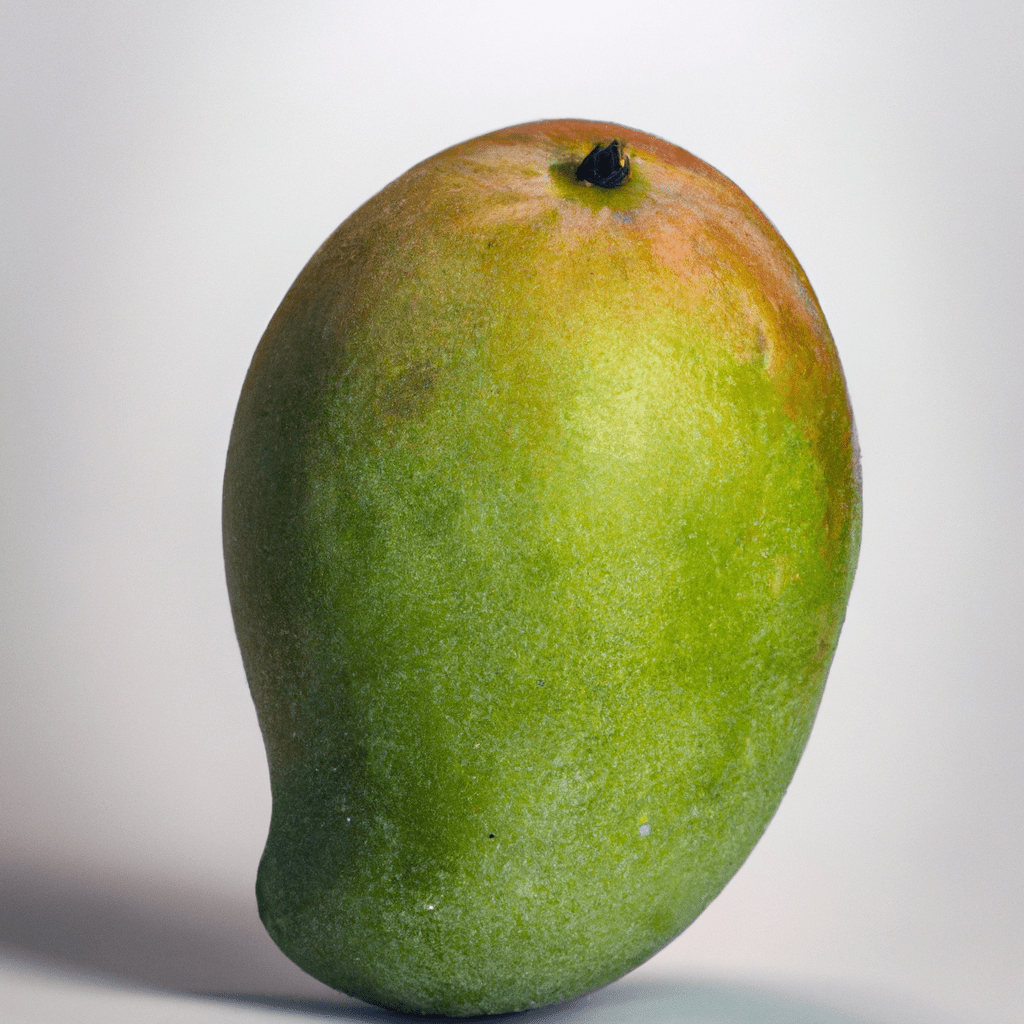What is Jambul?
Jambul, also known as Java Plum, is a tropical fruit that is native to India and has become popular around the world. It is thought to have many health benefits, including providing much needed antioxidants in the diet. The exterior of the fruit is firm and the ripe fruit when cut open reveals red seeds within a dark purple or blackish flesh. Jambul is believed to have many antioxidants and while the taste has been described as sweet and sour, its flavor resembles date and tamarind. It is most often eaten fresh or made into jams and juices. The fruit can also be used to make herbal medicine.
What does Jambul taste like?
When it comes to the question of what Jambul tastes like, many have tried to explain it in various ways. A lot of people say that it has a sweet and sour taste, which is said to be similar to a combination of dates and tamarind. Others describe it as having hints of mango, berries and even grapes. Overall, comparison to other more familiar flavours may help, but nothing compares to just tasting it! The only way to truly get to know this unique flavor is to try it for oneself. Who knows – you may just find it to be your next favorite fruit!
What dishes do you find Jambul in?
When it comes to dishes that feature Jambul, the possibilities are almost endless. In India, it is often used in traditional jams and juices, such as halwa, a sweet pudding similar to fudge in texture. Jambul is also frequently used in South Asian curries and chutneys, providing an interesting yet delicious sweetness. The fruit can also be cooked with other vegetables in a savory dish, such as a stew. Around the globe, Jambul is an increasingly popular ingredient in smoothies, custards, and puddings, giving these desserts more of an exotic tropical flavor. Anywhere you go, Jambul is sure to make an appearance.
